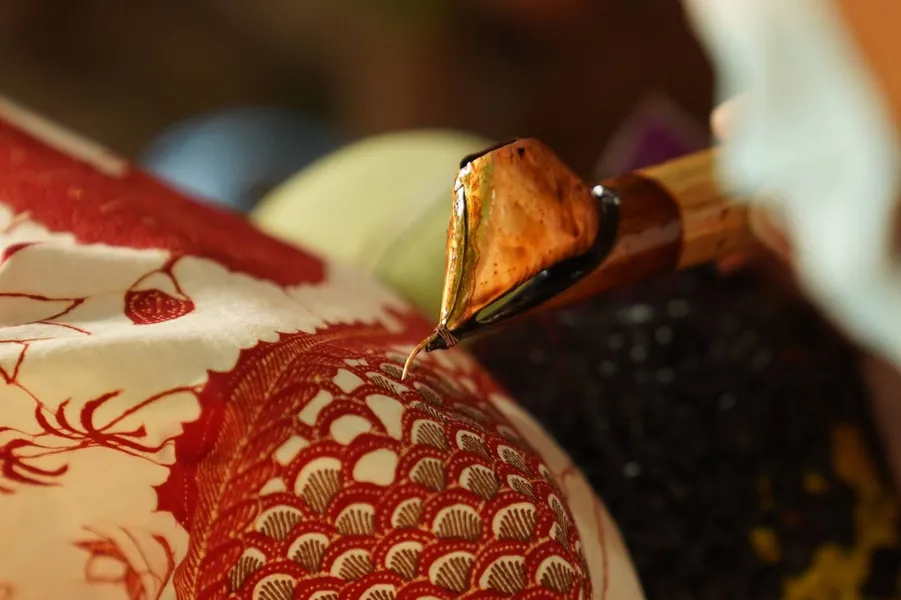Batik in Indonesian culture is a very precious and rich cultural legacy. The Javanese words “amba” (writing) and “nitik” (dot) are the sources of the term “batik.” It reflects the ancient batik method, which creates elaborate designs on cloth by painting it with hot wax and then dying it. Let’s talk further about it.
A Brief History of Batik in Indonesia

Indonesians have been using batik since ancient times. Back then, batik was a useful tool for communication as well as a means of identifying social and cultural status. Batik is used in religious events, marriages, and funerals in addition to being worn as everyday apparel.
Batik gained popularity throughout the archipelago in the seventh century and started to absorb cultural elements from other regions. A remarkable visual richness was produced as each region created its unique batik technique and themes. Batik appreciates value with time and is seen as a representation of the splendor and depth of Indonesian culture.
Batik in Indonesian culture now has grown to be an essential component of illustrating the country’s identity, history, and natural beauty.
The Use of Batik Time Over Time

The use of batik in Indonesia has a long history, from the time of the kingdoms to the present day. Here are some key points in the timeline of batik usage over the centuries:
1. Kingdom Era (6th to 15th Century)

Batik has existed since the time of the Indonesian kingdoms, such as the Majapahit and Srivijaya kingdoms. During this period, batik was used as a symbol of social and religious status. Only royalty, nobility, or certain individuals had the privilege of wearing batik.
2. Colonial Era (17th to 19th Century)

During the Dutch colonial period, the use of batik became more common. Even the Dutch themselves adopted batik as casual wear. At the same time, batik became an important export commodity.
Historically, nitik batik was once a strategy to break dependence on imported fabrics during the Dutch colonial era.
3. Independence Era (20th Century)

After Indonesia gained independence in 1945, the use of batik continued to flourish and became a part of the national identity. The first Indonesian President, Sukarno, encouraged the use of batik as the national attire. Meanwhile, the current President of Indonesia, Joko Widodo, uses batik at almost every state event.
4. Use in Traditional Ceremonies and Sacred Events

Batik is still commonly used in various traditional ceremonies and sacred events in Indonesia today. For example, in weddings, batik is often worn by the bride and family members. Batik is also frequently used in religious and cultural ceremonies, such as funerals.
5. Everyday Wear

Batik has become everyday attire for the people of Indonesia. Many individuals wear batik for work, school, or daily activities. This reflects the respect for Indonesian cultural traditions.
6. Expression in Fashion and Art

Batik has also evolved in the fields of fashion and art. Indonesian fashion designers incorporate batik motifs into modern designs, gaining recognition in the international market. Batik is also used in various arts, shows, and crafts.
Batik Recognition and Preservation from UNESCO

International recognition for Indonesian batik fabric is finally being granted. In 2009, batik was designated as an Intangible Cultural Heritage of Humanity by UNESCO.
This is a critical step in safeguarding the cultural legacy of batik. With its beauty and cultural significance, batik has become a popular export and gained international recognition. The popularity of batik has grown internationally as a result of numerous celebrities and well-known people wearing it to various international events.
The use of batik in Indonesian culture has undergone significant changes from the kingdom era to the present day but is still highly respected and well-preserved.
